3501 King’s River Road
City Directories and History: All Saints’ Episcopal Church was one of the most significant Episcopal churches in the South Carolina lowcountry in the eighteenth and nineteenth centuries. Its first congregation was formed in 1739, and the church has been located at this site since then. Four extant historic resources—the historic sanctuary, cemetery, rectory, and chapel—are significant for their association with All Saints’ and for their architectural or artistic characteristics. The

Photo contributed to R&R by Gazie Nagle @ www.fineartbygazie.com
sanctuary, built 1916-1917, the fourth to serve this congregation, is significant as an excellent example of Classical Revival style, adapting the design of the church’s nineteenth century sanctuary which burned in 1915. It is a one-story rectangular brick building sheathed in scored stucco. It has an engaged pedimented portico supported by four fluted Greek Doric columns.
A Doric frieze, composed of triglyphs, metopes, and guttae, runs under the cornice around the building on three sides. The church has a large center aisle sanctuary with a coved tray ceiling. The church cemetery, established in the 1820s, is significant for the persons buried there, many of who were the leading public figures of antebellum Georgetown County. It is also significant a collection of outstanding gravestone art from ca.1820 to ca.1900. It is surrounded by a pierced brick fence (ca. 1930) with wrought iron gates. The church rectory, built in 1822, is an intact example of a Carolina I-House. The rear façade has been changed several times. The slave chapel at All Saints’ is nominated separately. Listed in the National Register March 13, 1991. [Courtesy of the SC Dept. of Archives and History]
This Greek Revival church was constructed by R.L. Gravely at a cost of $5,000.
All Saints’ Church, Waccamaw, takes its name from the neck of land on which it is situated. All Saints’ had many chapels of ease. Oak Hill was known only as “The Lower Church.” Hence, the next at Wachesaw, eight miles north of the Mother church, though officially St. John, the Evangelist, came to be known as the “Upper Church.” As many as thirteen plantation chapels were erected under the great pre-Confederate rector, the Rev. Alexander Glennie of All Saints’. Built primarily for the use of the Negro slaves, some of these chapels were of unusually pleasing design and furnishings. Perhaps the most notable of these was St. Mary’s Chapel built by Mr. Plowden Weston at Hagley Plantation. The ceiling and pews were of cypress, with stained glass windows and Gothic arches adding to the dignity of this Chapel high above the Waccamaw River. Faith Memorial Chapel near the seashore was another slave chapel, where Mr. Glennie regularly conducted services and catechised the children. The Negroes also had their “Pray Houses” where their own “class leader” held forth, conducting highly emotional services, largely of singing, hand-clapping, and quoting Biblical passages to the accompaniment of the congregations’ “Amens.” (Information from: Names in South Carolina by C.H. Neuffer, Published by the S.C. Dept. of English, USC)
Stay Connected
Explore history, houses, and stories across S.C. Your membership provides you with updates on regional topics, information on historic research, preservation, and monthly feature articles. But remember R&R wants to hear from you and assist in preserving your own family genealogy and memorabilia.
Visit the Southern Queries – Forum to receive assistance in answering questions, discuss genealogy, and enjoy exploring preservation topics with other members. Also listed are several history and genealogical researchers for hire.
User comments welcome — post at the bottom of this page.
Please enjoy this structure and all those listed in Roots and Recall. But remember each is private property. So view them from a distance or from a public area such as the sidewalk or public road.
Do you have information to share and preserve? Family, school, church, or other older photos and stories are welcome. Send them digitally through the “Share Your Story” link, so they too might be posted on Roots and Recall.
Thanks!
IMAGE GALLERY via photographer Bill Segars – 2004
User comments always welcome - please post at the bottom of this page.

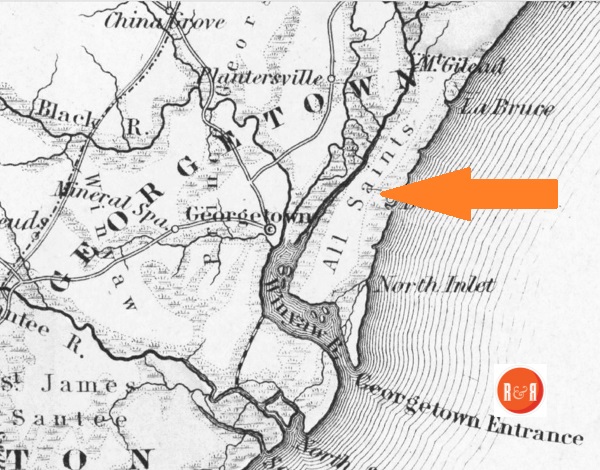





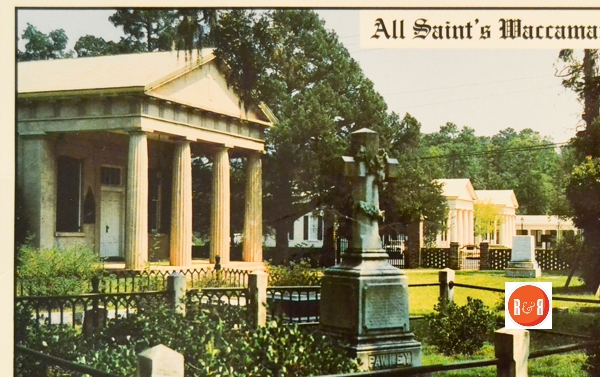




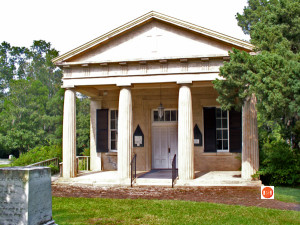
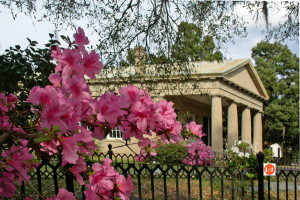
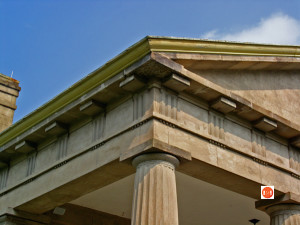


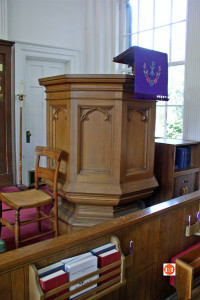


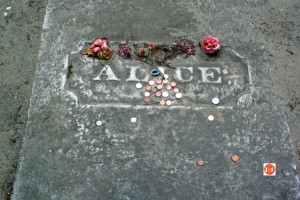

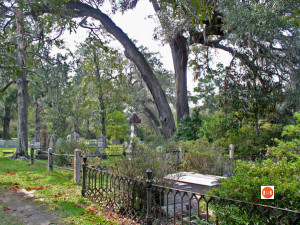




Somewhere around 1968 to 1970, my first cousin Donald Harper was married to Marsha Miller in the All Saints Chapel. It was a rather small church for a rather large wedding. As a groomsman, I was positioned on a VERY small chancel platform immediately behind the soloist. I could read the lines she was singing over her shoulder. My uncle said they were seated seven to a pew that could barely hold six. The whole pew had to swap cheeks in concert — according to him. Of course, he weighed close to 300 pounds, so he may have occupied more than his share of the pew.
Very historic and meaningful area for me.